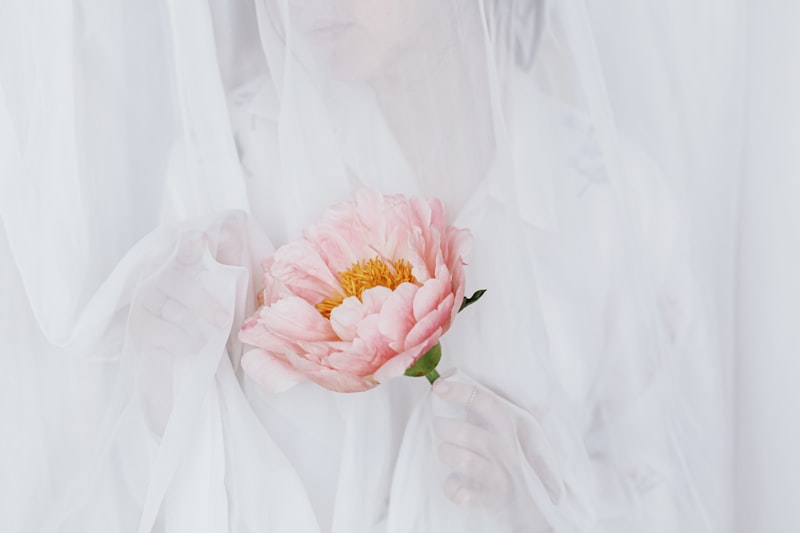Unveiling the Symbolism of Classic Bridal Attire: A Journey Through Tradition and Meaning
Unveiling the Symbolism of Classic Bridal Attire: A Journey Through Tradition and Meaning
Bridal attire has been an essential element of wedding traditions around the world, spanning cultures and time periods. Understanding the symbolism of classic bridal attire provides deeper insights into the significance of various elements that have adorned brides throughout history. In this comprehensive article, we will explore the meaning behind traditional bridal wear, its evolution, and how these garments continue to play a vital role in weddings today.
The Historical Significance of Bridal Attire
Bridal attire has a rich history that dates back centuries. Different cultures have infused their unique values and beliefs into the garments worn by brides. At its core, the symbolism of classic bridal attire often revolves around themes of purity, beauty, and social status. Historically, the garments a bride wore could signify her family's wealth and influence. Let's delve into some examples:
| Culture | Bridal Attire | Symbolism |
| Western | White Wedding Dress | Purity and New Beginnings |
| Indian | Red Saree | Prosperity and Fertility |
| Chinese | Red Qipao | Luck and Happiness |
Classic Elements of Bridal Attire
Bridal wear is intricate, with various components carrying distinct meanings. Some classic elements include:
1. The Dress
The wedding dress is arguably the most iconic element of bridal attire. In Western cultures, the white wedding dress has come to symbolize purity and innocence, originating from Queen Victoria's choice in 1840. This choice catalyzed a trend still prevalent today. However, in many Eastern cultures, colors such as red or gold represent wealth, celebration, and good fortune.
2. The Veil
The veil is another classic bridal accessory, symbolizing modesty and the transition from girlhood to womanhood. Historically, it was believed that wearing a veil would protect the bride from evil spirits. In contemporary weddings, veils are often paired with various hairstyles and can be made of lace, tulle, or silk, each adding a layer of beauty and elegance.
3. Jewelry
Jewelry plays a crucial role in completing the bride's look. From engagement rings to necklaces, the choice of jewelry often carries significant meaning. For example, in Indian weddings, brides typically wear intricate gold jewelry, symbolizing wealth and prosperity. Similarly, the use of family heirlooms can signify continuity and the union of families.

Regional Variations and Their Symbolism
Bridal attire varies greatly across different regions, with each culture reflecting its unique values and traditions. Understanding these variations enhances our appreciation for the symbolism of classic bridal attire:
1. Western Rainbows: Beyond Just White
While the classic white wedding dress remains dominant in Western cultures, modern brides are increasingly opting for dresses in shades such as blush, ivory, or even bold colors. Each choice can symbolize different themes—blush for romance, ivory for timelessness, and vibrant hues for individuality and self-expression.
2. Indian Bridal Splendor
In India, bridal wear is vibrant and rich with symbolism. The traditional bridal saree, often red, signifies a new beginning and marital happiness. Additionally, brides may wear embellished lehengas, highlighting creativity and personal style. The intricate details in these garments often tell a story of family heritage and cultural pride.
3. Traditional Chinese Attire
In Chinese culture, brides traditionally wear a red qipao or a wedding gown intricately embroidered with symbols of happiness and fertility. The color red is considered auspicious, bringing good fortune and joy to the marriage. Adopted by many modern brides, these intricate garments reflect both tradition and contemporary elegance.
The Evolution of Bridal Attire
Over time, bridal clothing has evolved with changing fashion trends, societal norms, and technological innovations. The representation of brides in popular culture has also influenced the traditional elements of bridal attire. Here are a couple of significant trends in bridal fashion:
1. Minimalist Trends
Recent years have seen a rising trend towards minimalist bridal wear, where simplicity speaks volumes. Many modern brides now opt for clean lines, simple fabrics, and understated elegance. This evolution signifies a shift towards individual expression, moving away from traditional expectations.
2. Sustainable Weddings
As sustainability becomes a priority for many couples, eco-friendly bridal attire is gaining popularity. From using ethically sourced fabrics to selecting vintage dresses, this movement reflects a bride's values and commitment to environmental stewardship. Such choices can symbolize a new era of conscious consumerism in the wedding industry.
Conclusion: The Lasting Symbolism of Bridal Attire
In conclusion, the symbolism of classic bridal attire transcends generations and cultures, embodying love, commitment, tradition, and personal expression. Whether it’s the flutter of a veil or the richness of a wedding gown, each element contributes to the overarching narrative of a couple’s union. As society evolves, so do the interpretations and representations of bridal attire. For future brides exploring their path, consider the significance of your chosen attire and how it reflects your identity, values, and vision for your marriage.
When selecting bridal attire, keep in mind the varied meanings, cultural significance, and personal style preferences. Embrace the tradition but feel free to innovate and express your individuality. The ideal bridal wear should resonate with your story and reflect your unique journey as a couple.
